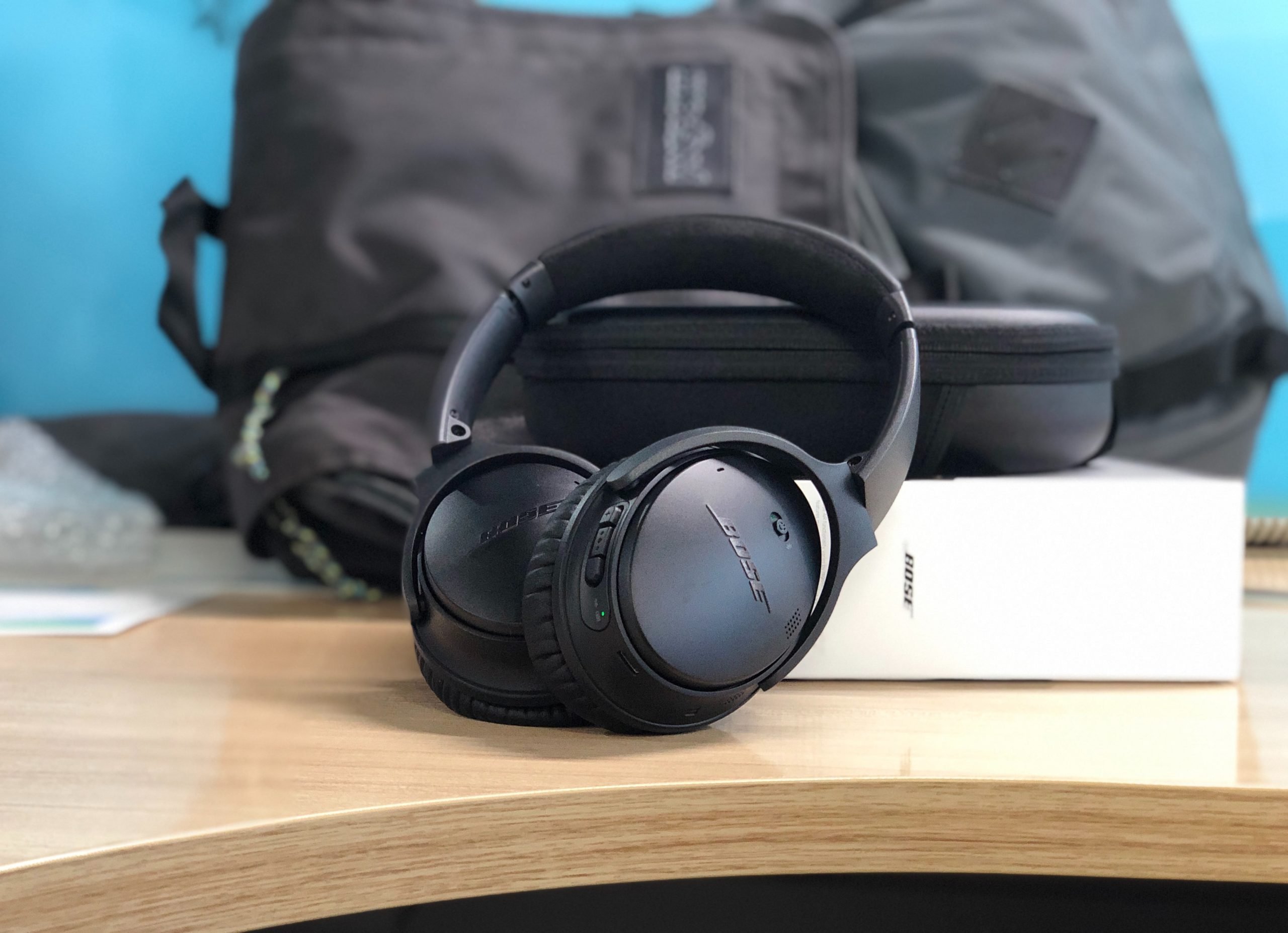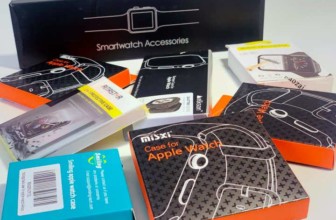What to Consider When Shopping for Noise-Canceling Headphones

A good set of noise-canceling headphones is an excellent investment.
Maybe you need a little help zoning out to enjoy your favorite music?
Or you need the noise cancellation to help you concentrate when there is too much happening around you?
Whatever the case, shopping for a decent pair is not as easy as walking into a store and buying the first set you lay your eyes on. There are too many models and brands to choose from!
To help you out, we’ve assembled this guide with key features to focus on when shopping for noise-canceling headphones.
First thing’s first: priorities
Before we go into details about the features, you should answer one question:
What matters to you more? Is it the sound your headphones produce or the noise they cancel out? All too often, people focus only on the noise cancellation capabilities and neglect to consider sound quality.
Having an answer to this question will make it much easier to pick the right pair:
- If you are in desperate need of some silence, then invest in a pair with excellent noise cancellation.
- If you are in it more for the entertainment value, prioritize sound quality.
- And finally, if your budget isn’t too tight, find one that offers you both in equal measure
9 Specific Features to Consider
Noise-canceling vs. noise isolating design
There is a vast difference between noise isolation and noise cancellation. Understanding it is the best way to make a good decision when buying your headset.
Noise cancellation is an active process where the noise reduction effect is achieved using special Digital Signal Processing technology.
The headset has mechanisms that receive sound waves from the surrounding area and produce counter-waves. The waves move in the opposite direction as the noise waves and, as a result, cancel each other out when they meet. This mechanism is what makes noise cancellation headphones very effective but also very expensive.
Noise isolation is a passive process. In this case, background noise is more blocked than it is canceled by way of creating a seal around the ears, preventing the transmission of sound waves from your surroundings.
One of the most effective ways to achieve this is through thick padding on the earcups. This simple design feature makes them cheaper but also not as effective.
Noise-canceling capabilities
When it comes to headphones with active noise cancellation, not all models are the same. One of the key differences is in the types of sounds that are silenced.
One thing is certain: no headset can cancel out all background noise. Most can only handle constant ambient sounds in the immediate environment. These include noises from traffic, people talking, birds chirping, and the like. Only a few headphones are designed to block out non-ambient sounds, including things such as sudden bangs or people shouting.
Another important thing to consider is whether or not the noise cancellation works in two ways. A good headset not only keeps the noise out but also the wanted sounds in. That way, someone next to you might not be able to hear what you are listening to even at full volume.
Sound quality
Sound quality boils all down to your musical preferences.
The most important feature to look out for is the frequency range. It is divided into two principal categories:
The first is the low-range frequency group, which mostly focuses on the bass. These kinds of headphones are perfect for listening to genres like Hip-Hop, Punk Metal, Techno Beats, and anything else with excellent bass dynamics.
The second category is the high-range frequency, which has a treble-enhancing effect. Headphones that prioritize this range allow you to hear higher-pitched instruments, including string instruments, vocals, and pianos, in better sound quality. Such headphones are perfect if you enjoy pop, country, classical, or folk music.
If you need a pair for watching movies or other videos where there is variety in frequency, it is best to go with medium-range headphones.
Practical design, weight, and dimensions.
The three mentioned features determine how comfortable the headphones are to wear. In terms of weight, the average sets range from 100 to 400 grams.
Lighter headphones are easy to carry around and to wear for long periods. If you are a DJ, a telemarketer, an avid gamer, or happen to work in a noisy environment, you might want to shop for lighter units. Remember though, weight does not determine the overall quality of the headphones.
When it comes to size and design, one of the most important factors to consider is adjustability. Most high-quality sets allow you to adjust the earphones to suit your specific head shape and size.
Whether or not the headset is collapsible is also something to consider. Collapsible headphones are easier to store and travel with.
Controls
Controls determine how easy the headphones are to use. You have two options:
The first is headphones with controls situated on the unit itself. These allow you to switch songs, change volume, pause, receive calls, and much more.
The second option is the headphones you control on your phone or other devices. The headphones are connected either through Bluetooth or Wi-Fi with an app on your device that gives you access to various functions.
Comfort features
This is especially important for people who intend to wear headphones for long periods. There are three essential features to pay attention to:
The first is the material and design of the frame. Plastic and metal are the most commonly used materials. With metal, there is always the risk of improper fitting leading to an uncomfortable friction with the frame.
The second important feature is the size of the earcup. Small earcups can be incredibly uncomfortable, so make sure that your chosen pair offers full coverage.
Finally, consider the material of the cup pads. The best choice by far is leather covers. Not only are they very comfortable on your skin, but they are also more durable than synthetic ones.
Charging specifications and battery life
How long does it take for your headphones to charge? And how much playtime do you get after that? These two are essential questions to ask while shopping for headphones!
The average charging time for most noise-canceling headphones is between 2-3 hours. Battery life from a full charge is about 10 to 20 hours on average with the higher quality units. The very best pairs can go up to 50 hours.
Bonus features
These differ from brand to brand and model to model. Some of the most popular bonus features with headphones include:
- Accessories, including headphone bags.
- Noise cancellation control.
- Bass enhancement.
- Ability to change between wired and wireless modes.
- Variety in terms of aesthetic design.
Bottom line
The noise-cancellation capabilities and sound quality features are the most important factors when it comes to shopping for NC headphones. Focus on these two, and you are guaranteed your investment is worth it! To help you choose the right noise-canceling headphones for you, just head up to this site.
Don’t forget to consider other aspects like aesthetics, comfort, and controls, as they contribute to your experience as well.





